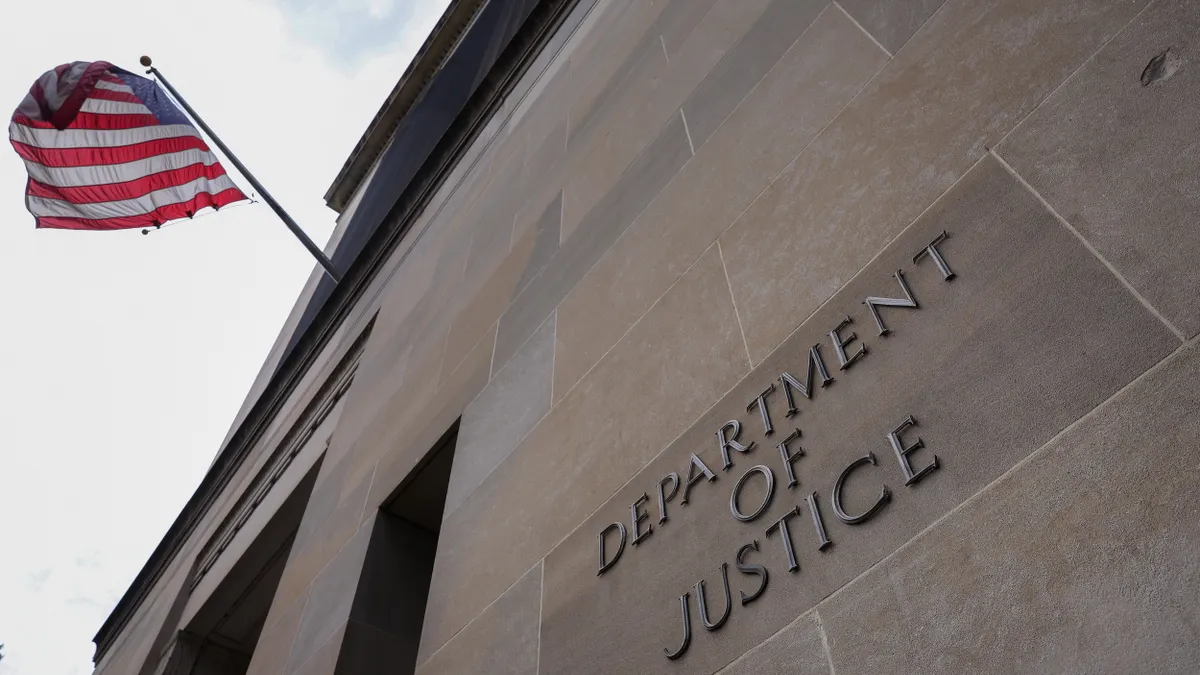As the first Elementary and Secondary School Emergency Relief fund spending deadline nears this September, education finance experts have noticed districts are spending federal aid differently than originally planned.
"I think it's actually happening in a lot of districts," said Marguerite Roza, director of Georgetown University's Edunomics Lab. "They're now developing their budgets for this coming year, and they're treating the ESSER money as flexible."
Those familiar with district spending habits are attributing the changes primarily to a scarce labor market with widespread shortages, hastily assembled spending plans, inflation and supply chain delays. So instead of investing in the same number of new hires as originally planned or making headway with construction projects, districts may be shifting to plug budget holes or fulfill other needs.
"Basically, the real world is messy and will actually end up manifesting in a different way than the exact black-and-white plan you would have at the beginning of the year," said Elleka Yost, director of advocacy for the Association of School Business Officials International.
Labor shortages call for improvisation
Staff shortages in areas like mental health, special education, paraprofessionals and substitutes have challenged districts’ priorities for spending federal aid.
"I now call it the shortage of everything," said David Lewis, executive director of ASBO International.
Where districts couldn't find people to hire, they moved quickly to plug in money to ensure schools were still running this year, Roza said. Instead of spending on new staff, districts struggling to sign employees may have shifted funds to one-time targeted bonuses, retention pay or signing bonuses.
"The overall direction of what the district, you know, set out to do didn't change. It was the circumstances [that] changed," Lewis said.
In some cases, districts have still been able to maintain spending priorities, like establishing more robust mental health supports despite counselor shortages, by improvising instead of pivoting entirely.
Some schools, for example, increased mental health staff by sharing them with neighboring districts. Yost cited another example where multiple districts pooled resources and staff to create an online virtual program addressing learning loss for at-risk students.
"So they're still moving forward to provide these services according to their plan. It's just that they may be taking a different tactic or strategy to achieve those goals," said Yost.
While current investments still allow district leaders to make progress toward priorities like reversing learning loss,"It's hard to tackle some of those things in a holistic manner, and with a ticking clock behind them," said Hannah Barrick, executive director of the Pennsylvania Association of School Business Officials.
School projects put on hold
Construction projects have also been impacted by inflation and scarcity of supplies, multiple experts said.
"An 8.5% inflation rate is a game changer for school districts," Roza said.
Inflation, combined with the unavailability of some materials, has led to postponed district construction projects originally included in spending plans, said Lewis.
Projects could resume eventually if districts use federal aid in a way that frees up state and local funds for construction down the road, Barrick added.
Changing circumstances require communication with stakeholders
In some cases, changing circumstances have led to changed priorities.
For example, in Minneapolis Public Schools, unexpected enrollment declines led to holes in state and local funds that leaders plugged with federal money, said Roza.
"You've moved your attention to dealing with the enrollment declines," Roza said. "And your best-laid plans for ESSER just seemed like some sort of cute pipe dream a long time ago."
In another example, the omicron wave of the coronavirus led to higher than expected expenses for personal protective equipment, added Yost.
When expenditures change, transparency and communication with the school community is key, experts said, noting this is an area where school board meetings are especially helpful. Changes in spending also come with additional paperwork to amend ESSER plans submitted to the state, said the Pennsylvania Department of Education, which has seen its local districts request changes.
"We're going to be in this space for a long time … and so, a lot is going to happen," said Barrick. "And I think a lot of schools are really making this a routine conversation at every board meeting — just providing an update."
Some have also used community input to redirect their spending, said Yost. Publishing budget documents and plans in an easily digestible format could also help, she added.
"While there have been some disgruntled stakeholders in the community about this, I think it's demonstrating a need to really just have these open conversations and educate the community about what's going on," Yost said.




















